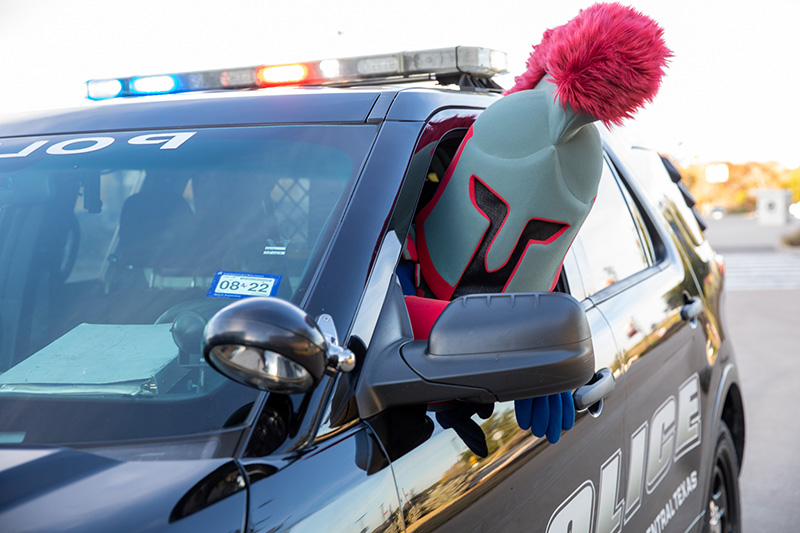
At some point, we’ve all watched a courtroom scene unfold — on TV, in movies, or maybe even through a sliver of real-life experience. There’s the stern judge, the impassioned lawyer, the nervous witness, and the suspense of whether the defendant is guilty or not. It’s compelling stuff. But the criminal justice system is more than legal theatrics. It’s an endless web of institutions, policies, and professionals that shape how society responds to crime.
Let’s break it down (and don’t worry — no legalese required).
Criminal justice is the system through which crimes are detected, investigated, prosecuted, punished, and, ideally, prevented. It’s society’s formal response to wrongdoing, designed to maintain order, protect the public, and uphold legal rights. Think of it like the user manual for what happens when someone breaks society’s rules. Though, unlike IKEA instructions, it tries to make sense and not leave you with three leftover screws and a vague sense of regret. Moreover, criminal justice and criminology are more cousins than they are twins. While criminal justice focuses on the systems in place to respond to crime, criminology is the study of why crime happens in the first place — what motivates people to break the law, how crime spreads, and how social conditions shape criminal behavior. If criminal justice is the courtroom drama, criminology is the slow-burning documentary with charts, theories, and a very calm narrator.
The system operates through a chain of three tightly linked functions.
It begins with law enforcement — officers, sheriffs, troopers, and federal agents who patrol, investigate, and occasionally get caught on Facebook doing the Cha Cha Slide at a block party. Their job is to enforce laws, collect evidence, and make arrests. It’s a role that requires both decisiveness and judgement, whether they’re confronting a violent crime or trying to explain to someone why “no, Karen, parking in a fire lane isn’t a constitutional right.”
Once someone is arrested, the process moves into the courtroom where lawyers argue, judges deliberate, and juries weigh facts with the gravitas of 12 people trying to order pizza. This is where the system determines whether someone is guilty or innocent, and if found guilty, what the consequences should be. Ideally, this phase protects individuals rights and ensures fairness, though in reality, fairness can sometimes feel like a moving target — especially if you’re unfamiliar with the rules or don’t have access to good legal counsel.
If a conviction is reached, the system transitions into the final phase: corrections. This includes incarceration, probation, parole, and sometimes rehabilitation programs meant to reduce future crimes. The term “corrections” suggest a kind of hopeful reorientation, though critics might argue that the system often focuses more on control than correction. Still, the intention is there: to help people reenter society without needing a sequel titled “Back Behind Bars2: The Recidivist Returns.”
Understanding this system matters because the way we handle justice defines us as a society. It impacts how safe we feel, who gets a second chance, and whose lives are disrupted or destroyed by a single encounter with the system. It affects whether communities feel protected or policed, and whether the law feels like a shield, or a weapon. The system strives for impartiality, but it’s ultimately administered by people — people with biases, blind spots, and pressures. When bias, inequality, and error seep into the process, the consequences chip away at trust, legitimacy, and social cohesion.
Still, the criminal justice system adapts — sometimes slowly, sometimes dramatically. Reforms are proposed, protests erupt, new policies emerge. Ideas like community policing, restorative justice, and diversion programs have gained traction as alternatives to the traditional “lock-‘em-up” approach. Like any long-running franchise, the system needs periodic reboots — less gritty realism, more thoughtful writing. Reforms can be messy and incremental, but they reflect a growing recognition that justice isn’t a fixed destination. It’s a process we refine through collective effort.
And not everyone in the field is chasing down criminals or objecting in court with dramatic flair. Many work behind the scenes; forensic analysts matching DNA, clerks filing critical records, victim advocates offering support after trauma. And yes, sometimes that role involves more paperwork than prestige, but without it, the whole thing falls apart faster than a true crime podcast with bad audio. The work may be quiet, but its impact is structural.
That’s why learning about criminal justice — whether in a classroom, through research, or by stepping into the field — matters more than ever. Of course, a criminal justice education prepares students for careers in law enforcement, legal work, or corrections, but more importantly, it cultivates critical thinkers who can analyze policies, recognize systemic patterns, and challenge inequities from the inside out. This equips future professionals with the tools to ask better questions, pursue smarter solutions, and build a system that serves everyone more fairly. After all, if the system is always evolving, shouldn’t the people shaping it be, too?
Ultimately, criminal justice is about people. People who make mistakes. People who are harmed. People who work to restore order, protect rights, and ideally, improve the system they’re part of. It’s about negotiating how to treat those who break the law without breaking the humanity of those involved. So, the next time you hear the term “criminal justice,” don’t just picture a gavel slamming or someone yelling “you can’t handle the truth!” Think of the living, breathing structure we’ve built to keep society from unraveling. It may be imperfect. It may be in need of repair. But at its best, it reflects our collective pursuit of fairness — flawed, evolving, and always unfinished.
